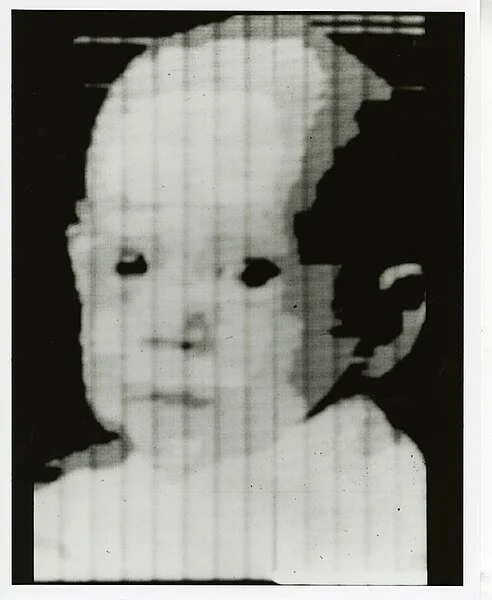a thousand words
October 6th 2023
Preparing a presentation for my local photography group felt like a throwback to our lockdown days on zoom. It had another parallel as the subject was the story behind some famous photographs which was an approach I took to my talk on ethics.
So, where to begin? Any exercise in selection like this is so subjective and limited to familiar favourites so I wanted to use it as an opportunity to learn for myself, if not for my audience. I had an idea of taking a linear, historical approach so started with, I confess, an image I do know and find fascinating, the first known photograph with a person in it, The Boulevard du Temple by Louis Daguerre from 1838. You’ll see in the presentation a reversed version which was the view that Daguerre saw in reality. It felt like a perfect illustration of the fact that photographs are first and foremost images of reality. No more, no less.
I followed this with something I thought would be more well known. Ironically, it’s another black and white street scene in Paris, but made almost one hundred years later, Behind the Gare Saint-Lazare by Henri Cartier-Bresson in 1932. I had a sense there would be some controversy over this image. ‘Staging’ is a perpetual accusation of a lot of work that feels too good to be true. However this one is recognised as a pure example, if not the defining one. of the decisive moment.
I was conscious of being drawn into following the great white men canon of photography and keen to add diversity. Hardly a bold step but Dorothe Lange’s Migrant Mother was my third story to tell. I was aware that there was some controversy around this . The Cherokee heritage of the mother, a migrant in her own home; her initial anonymity and ignorance of the photograph’s fame (and that of the photographer) until twenty years after it was taken. It prompted me to think of another well known photograph of a migrant, Afghan Girl by Steve McCurry with a similar story. This image broke my historical sequence but - as I love making connections - this was absolutely appropriate.
I also wanted to give a little more variety in terms of subject matter. I do love pictures with people but I thought this was a time to reflect a different type of picture., something more abstract or scientific. From somewhere I had a memory of an image of a drop of milk forming a crown and when I searched for it I found there were two versions by the same photographer, one black and white, one colour, separated by twenty years, Milk Drop Coronet by Harold Edgerton. The technique, stroboscopic, had roots in techniques pioneered by Eadweard Muybridge eighty years earlier. Another ripple of time,
I was enjoying this exercise into the unknown and started thinking about other technology developments that shaped photography from its inception. I was interested in the roots of digital photography and discovered the first digital image, Walden Kirsch by Russell Kirsch . It’s not quite the first photograph as it was a scan of an original photograph but the - inevitable - connection I found interesting was that it was made by another scientist, like the milk drop.
OK I found myself in the sixties, looking for an iconic photographer. Diane Arbus immediately sprung to mind. I looked at a number of her images and Child with Toy Hand Grenade in Central Park fitted the bill, particularly when I saw the contact sheet, such a valuable resource for story-telling, about the subject of the image. Colin Wood, in contrast to Florence Thompson and Sharbat Gula, now appreciates her representation.
I confess this selection had no recognition of any work outside a western perspective. It’s no excuse but showed me how dominant that narrative has been for me and one I keep needing to working to counter. As a token, the Brazilian photographer Sebastião Salgado has produced images that are globally recognised and I could have selected several but took one form the series I came to know him by, Workers: An Archaeology of the Industrial Age. As his work is so well, one might say lavishly produced, it did leave a question in me about his intention but, as often the case, that was more a reflection of my own prejudices. Why shouldn’t people be treated with the respect of well produced work that can get in front of people who can influence change. When this work was presented at the Royal Festival Hall, one proposal was to project it on to the exterior to draw attention to homeless people living in its shadow, a powerful counterpoint to the othering of the people in the images.
I’ve struggled to make selections beyond the 80s in the past and it’s happened here too. For my final image I wanted to include Tank Man, again as much as for my own interest as I’ve been aware of two different versions and discover that five different photographers took an image of this scene and over time they’ve all been regarded as the definitive version. Coincidentally the image has just had more attention as the Google search result had been topped by an AI generated image.
It seemed a perfect point to end and set up a future session.







